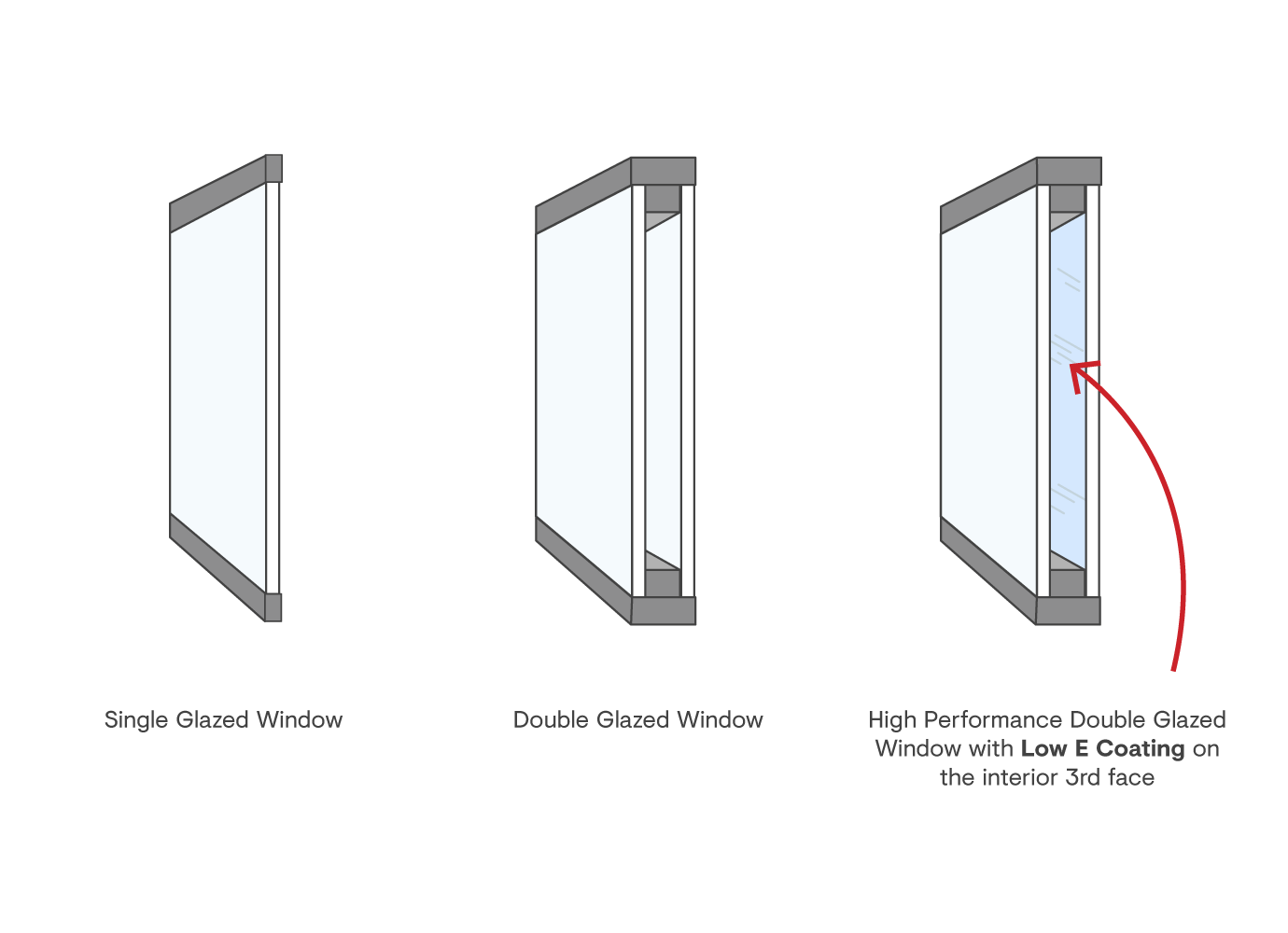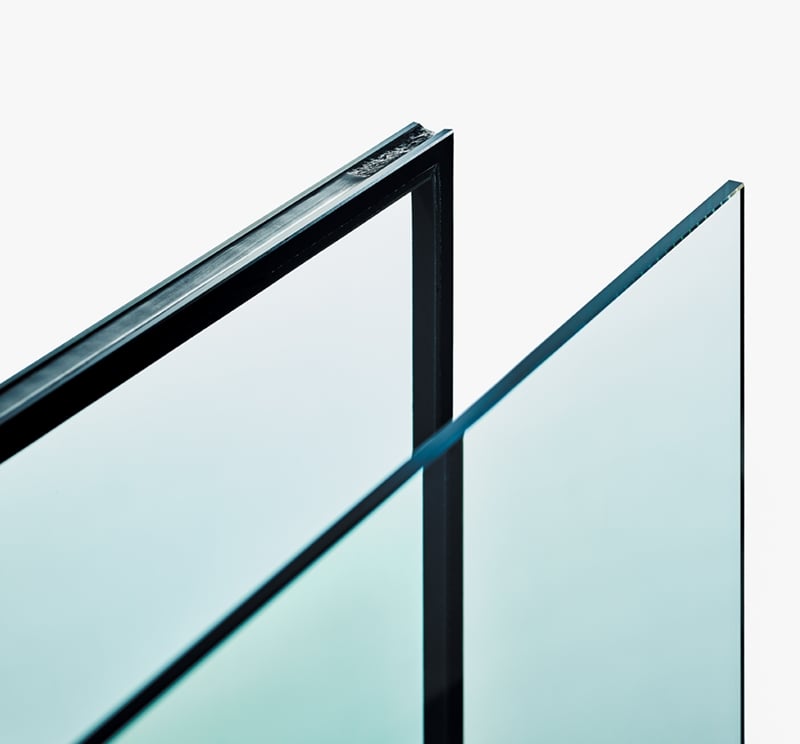All Categories
Featured
Table of Contents
5 Benefits Of Double Glazing Windows in Churchlands WA
Laminated glass is often utilized in areas in the home most prone to injury from human impact such as restrooms, doors, around staircases and in areas near the floor (it satisfies the requirements of 'shatterproof glass' that is mandated for use in these locations by Australian Standard AS 1288 Glass in structures).
Toughened glass has been 'tempered' by being reheated and rapidly cooled once again. This procedure makes it much stronger than basic glass it can resist greater impact loads prior to breaking. It also makes it more secure due to the fact that, when it does shatter, it breaks into numerous little cubic pieces rather than unsafe shards.
Double Glazed Windows Melbourne - Upvc - German ... in Trigg WA
Toughened glass has no thermal or acoustic benefits over other glass of the exact same toning or thickness. Secondary glazing is where single-glazed windows are retrofitted with a transparent acrylic or glass sheet connected to the within of the frame or openable sash with a secondary frame or with magnetic strips.


Secondary glazing will not carry out also thermally as a made IGU, because it is difficult to completely seal the border, but it can provide great sound control. Window films are a thin polymer movie including a taking in dye or reflective metal layer, with an adhesive support. They stick to your glazing to change its colour or make it reflective.
Double Glazing - Windows - Doors in Waterford WA
Applied to existing glass, some window films can cut in half the total SHGC of the window by absorbing and/or reflecting solar radiation. This can be especially helpful in hotter environments where cooling is the main issue, or on east and west elevations directly exposed to long periods of sunlight. Window films may likewise lower noticeable light transmittance.

For this factor, it is typically best to use an accredited installer of window film. Frames have a considerable effect on the thermal performance of doors and windows, because energy can be gotten and lost through the frame, along with through the glass. Different types of frame will permit various levels of heat gain and loss, so cautious choice of frame is essential for efficient passive design.
Double Glazed Windows Sydney in South Perth Western Australia
Aluminium is likewise a really good conductor of heat and will reduce the insulating value of a glazing system, unless particularly engineered to reduce this. A 'thermally broken' frame is comprised of 2 aluminium sections connected by a structural insulator (normally a low-conductivity structural polymer). This 'breaks' the thermal connection through the aluminium and reduces the heat streaming through the frame.
They can be costly, however prices are decreasing as they become more common. Lumber frames are an excellent natural insulator that can fit some home designs. Wood frames ought to be made from types that have naturally high durability or be dealt with to avoid decay and contortion. Inspect that the lumber is sourced from a sustainably managed forest.
Benefits Of Replacing Double Glazing Windows In The Summer in Kalamunda Western Australia
(weather removing) is set up.
u, PVC windows and doors have excellent thermal performance Picture: Ben Wrigley (Light Home Architecture and Science) Composite frames use aluminium profiles on the external areas with either a lumber or u, PVC inner section. These integrate the low maintenance and resilience of aluminium with much improved thermal performance.
Table of Contents
Latest Posts
Does Double Glazing Reduce The Heat In Brisbane's Summer? in Spearwood Western Australia
Save Energy With Double Glazed Windows in Hocking WA
Triple Glazing – Pros & Cons in Ocean Reef Western Australia
More
Latest Posts
Does Double Glazing Reduce The Heat In Brisbane's Summer? in Spearwood Western Australia
Save Energy With Double Glazed Windows in Hocking WA
Triple Glazing – Pros & Cons in Ocean Reef Western Australia